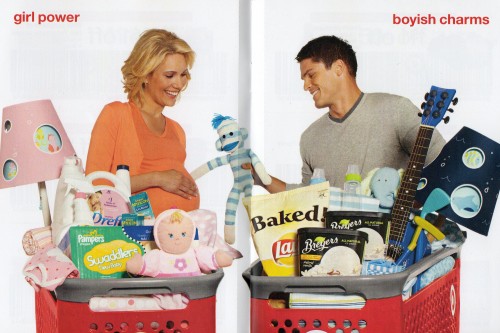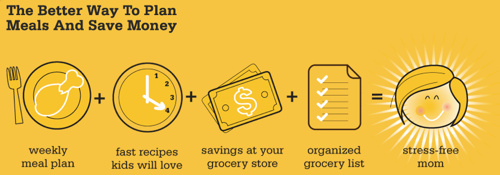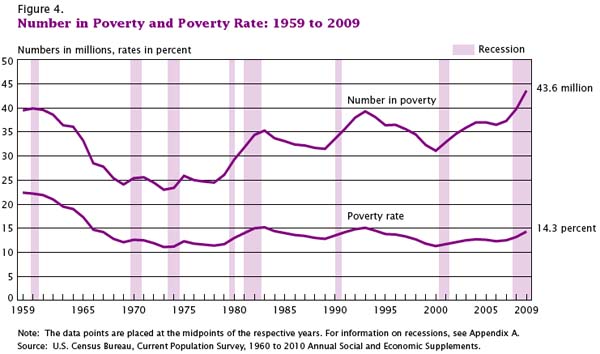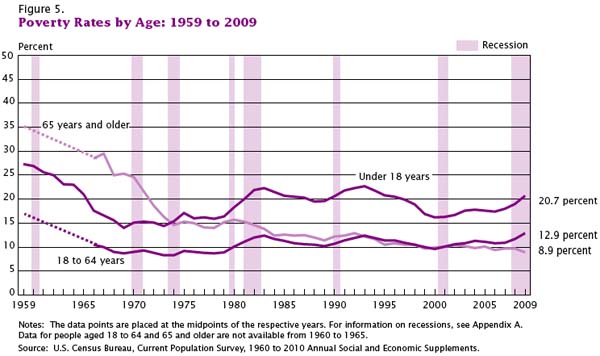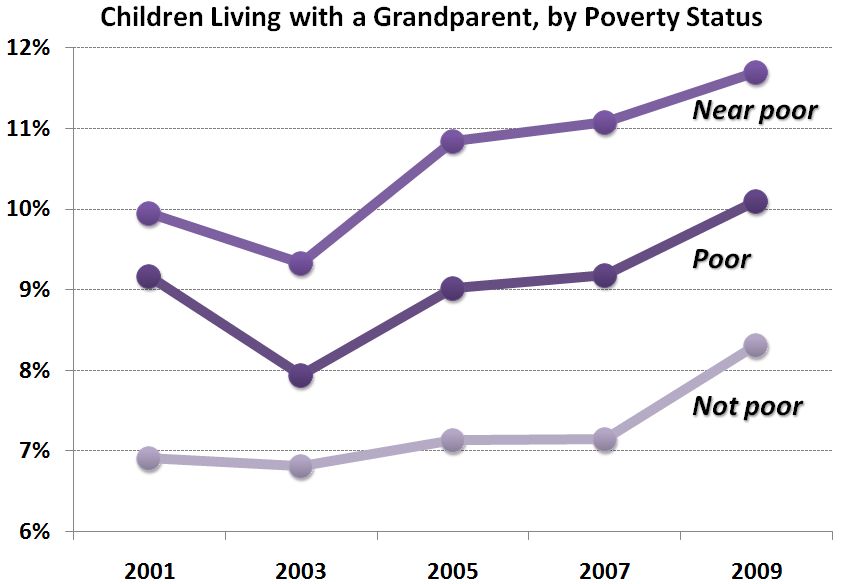Philip Cohen, at Family Inequality, posted an interesting graph displaying 30-44-year-old women’s share of their household’s income by level of education:

The graph shows that, on average, women with higher levels of education have incomes closer to that of their husbands than women with lower levels of education. Cohen writes:
It captures nicely both how women’s earning power within married couples has increased, and how that shift has been much greater for women with higher education.
In other words, the figure suggests that efforts to close the wage gap between men and women have been much more successful at the top of the economic ladder than the bottom.
Lisa Wade, PhD is an Associate Professor at Tulane University. She is the author of American Hookup, a book about college sexual culture; a textbook about gender; and a forthcoming introductory text: Terrible Magnificent Sociology. You can follow her on Twitter and Instagram.









